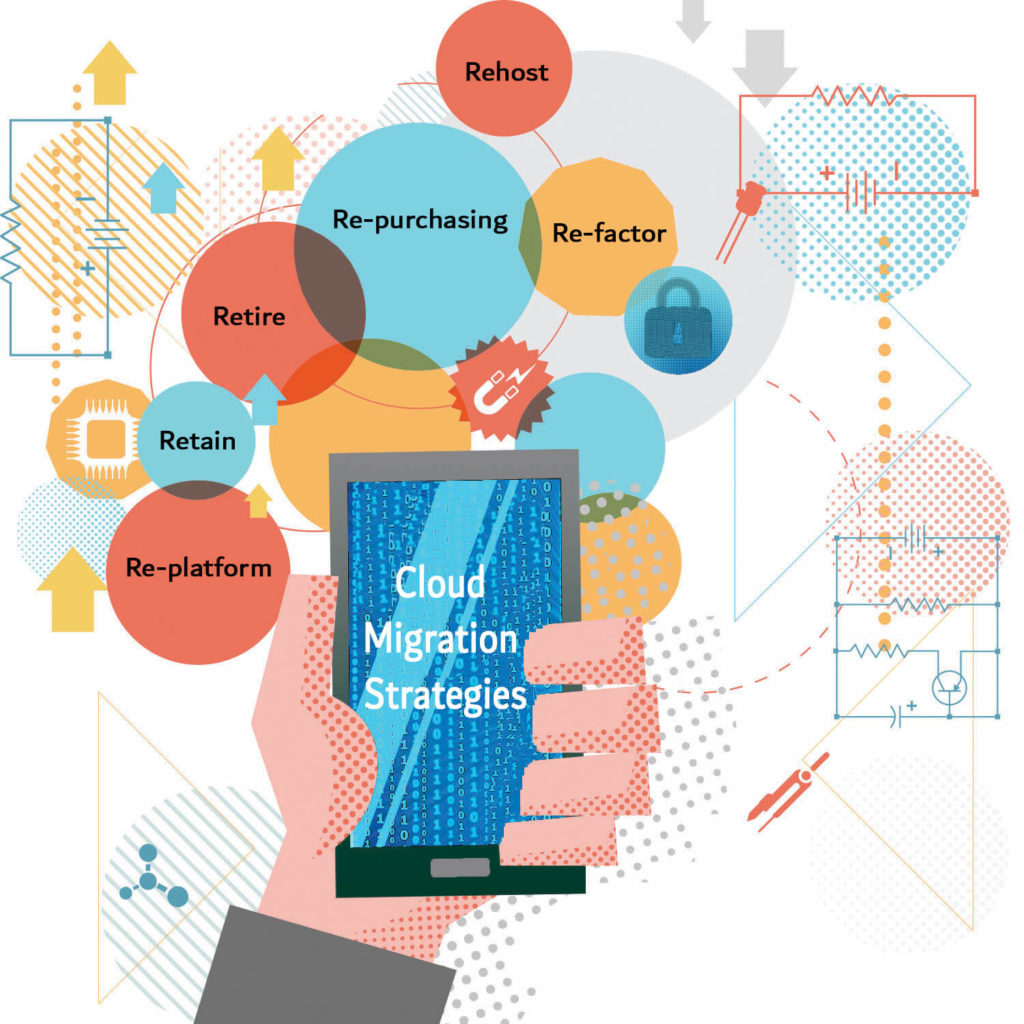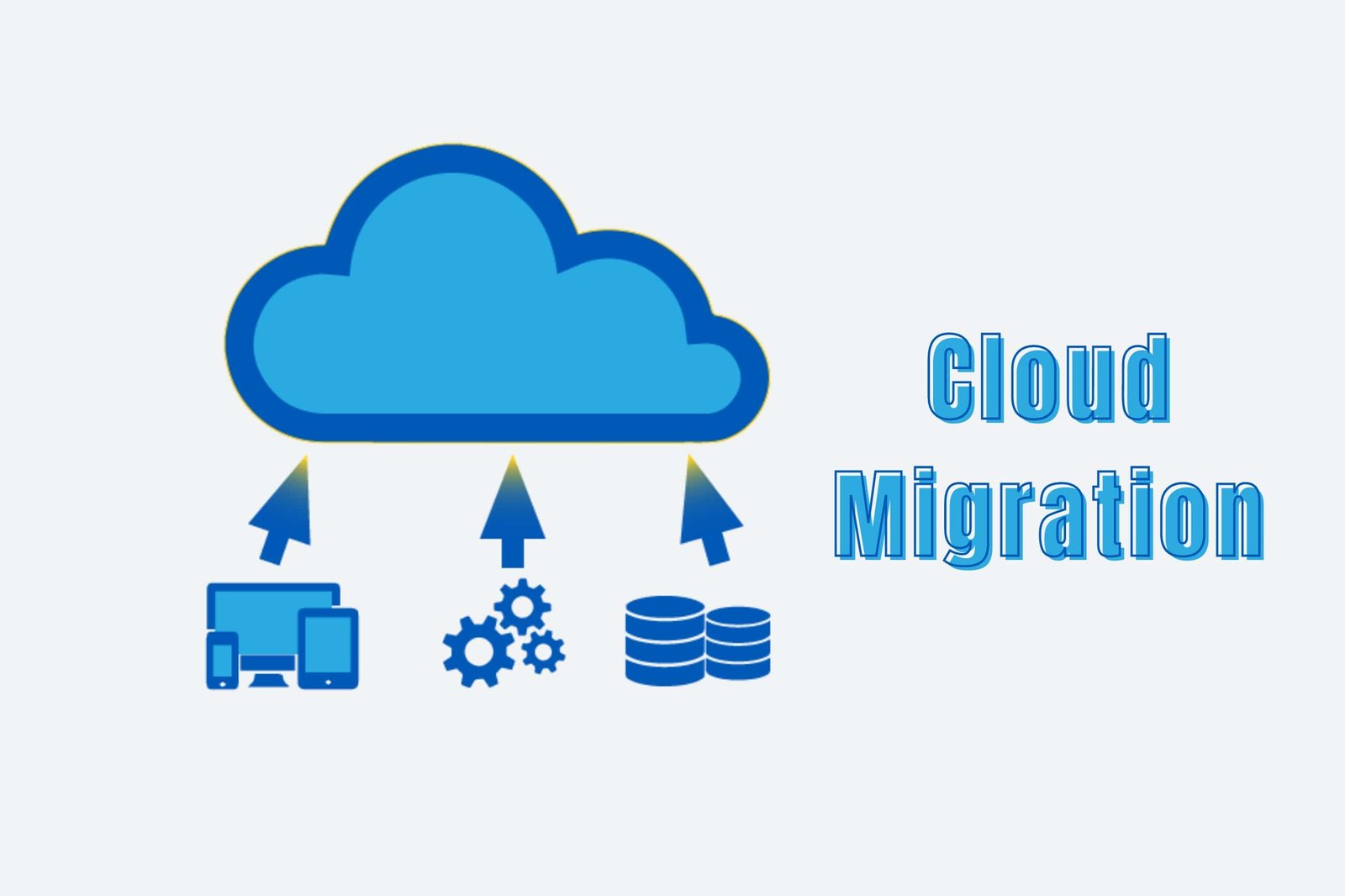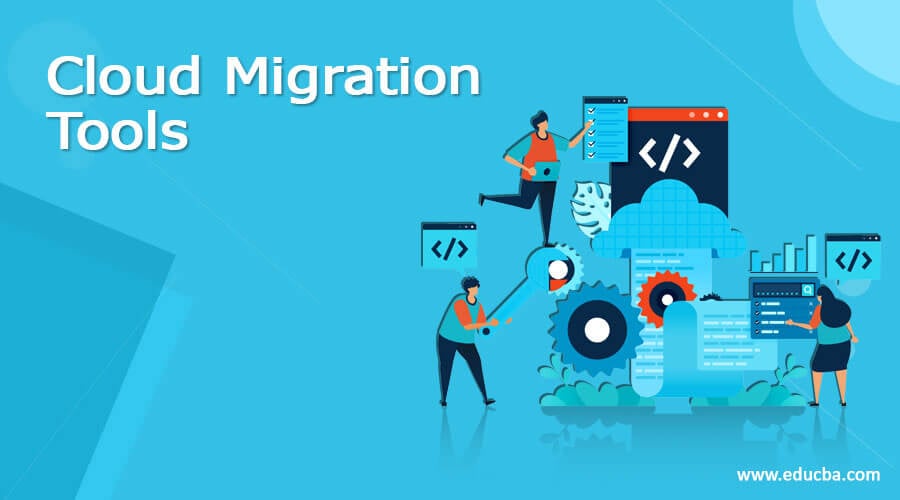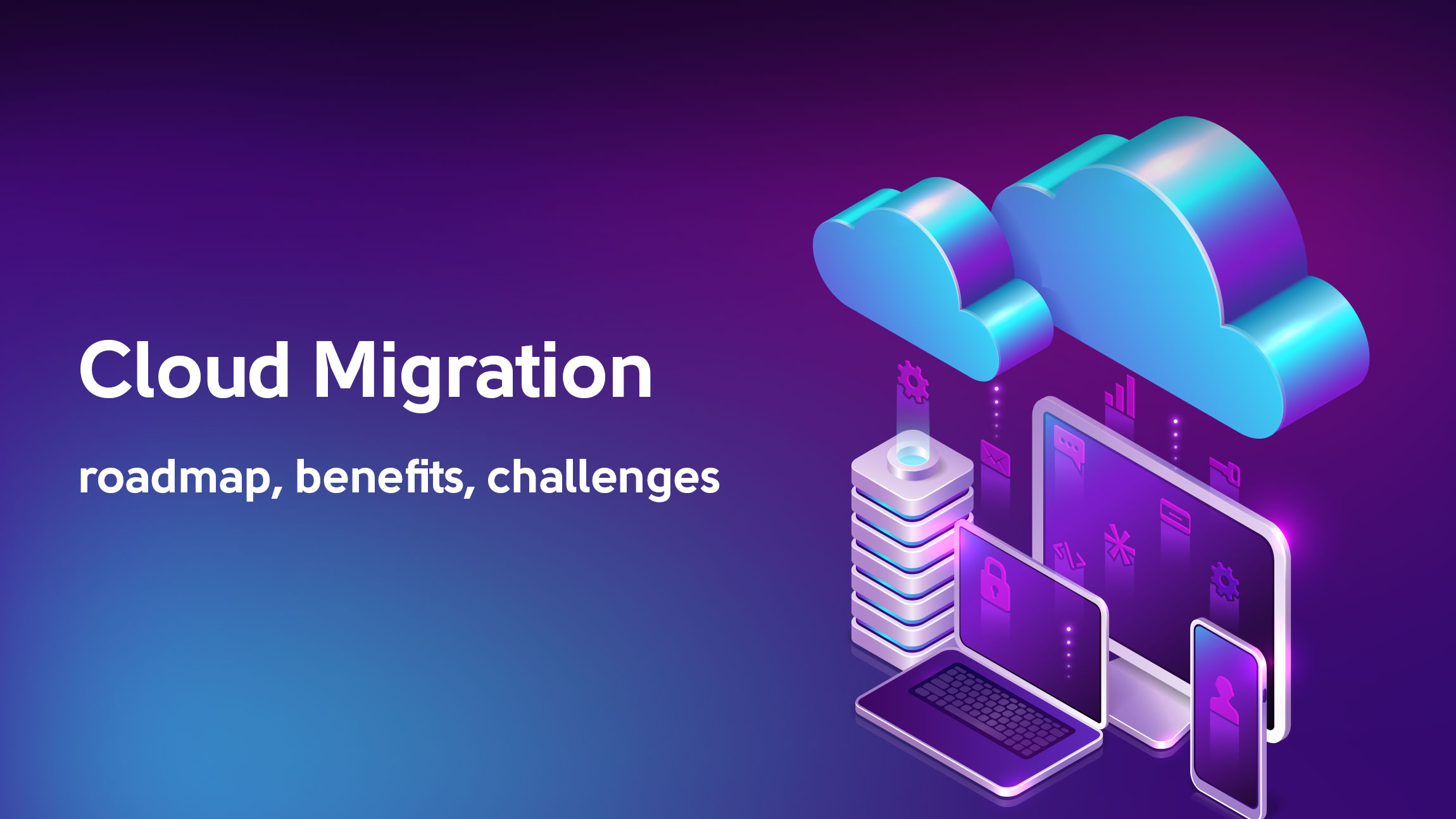Understanding Cloud Migration Tools: An Overview
Cloud migration tools play a pivotal role in facilitating the seamless transition of data, applications, and infrastructure from on-premises environments to cloud-based platforms. These tools are specifically designed to minimize potential disruptions, streamline the migration process, and ensure a successful outcome. Given the increasing adoption of cloud technologies, selecting the right cloud migration tool has become a critical success factor for businesses of all sizes and industries.
Key Factors to Consider When Selecting Cloud Migration Tools
When choosing a cloud migration tool, it is crucial to consider several key factors to ensure a seamless transition and long-term success. First and foremost, businesses should evaluate the compatibility of the migration tool with their existing systems, including hardware, software, and network configurations. This compatibility assessment will help minimize potential integration issues and ensure a smooth migration process.
Scalability is another critical factor to consider when selecting a cloud migration tool. As businesses grow and their IT requirements evolve, their cloud migration tools should be able to scale accordingly. A scalable solution ensures that the tool can handle increasing data volumes, complex workloads, and diverse application environments without negatively impacting performance or efficiency.
Security is a top priority for businesses migrating to the cloud. Therefore, it is essential to choose a cloud migration tool that offers robust security features, such as data encryption, access controls, and activity monitoring. By prioritizing security, businesses can mitigate potential risks, protect sensitive information, and maintain regulatory compliance throughout the migration process.
Lastly, businesses should consider the ease of use when selecting a cloud migration tool. An intuitive and user-friendly interface can significantly reduce the learning curve and enable faster adoption across the organization. Additionally, comprehensive documentation, training resources, and dedicated support channels can help users maximize the value of their chosen migration tool and ensure a successful cloud journey.
Popular Cloud Migration Tools: A Comparative Analysis
When it comes to cloud migration tools, there is no one-size-fits-all solution. Businesses must carefully evaluate their options based on their unique needs, objectives, and constraints. Here is a comparative analysis of some of the top-rated cloud migration tools available in the market:
- AWS Server Migration Service: This cloud migration tool by Amazon Web Services (AWS) simplifies the migration of on-premises workloads to the AWS cloud. It supports various operating systems, databases, and applications, offering bi-directional replication and automated conflict resolution. However, it may have limitations when dealing with complex application dependencies and large-scale migrations.
- Google Cloud Migration for Compute Engine: Google’s cloud migration tool enables businesses to lift and shift virtual machines (VMs) from on-premises environments to Google Cloud Platform (GCP). It offers live migration, zero-downtime cutovers, and integration with popular DevOps tools. However, it may require additional configuration for custom applications and lacks some advanced features found in other cloud migration tools.
- Azure Migrate: Microsoft’s cloud migration tool supports the assessment and migration of physical, virtual, and cloud-based workloads to Azure. It offers automated discovery, right-sizing recommendations, and continuous assessment. However, it may have limitations when dealing with non-Microsoft workloads and require additional integration for comprehensive monitoring and management.
By comparing the features, benefits, and drawbacks of these cloud migration tools, businesses can make informed decisions and select the solution that best aligns with their needs and objectives.
How to Implement and Optimize Cloud Migration Tools
Implementing and optimizing cloud migration tools is a critical step in ensuring a successful migration process. Here is a step-by-step guide on how to effectively implement and optimize these tools:
- Assess your current environment: Before implementing a cloud migration tool, it is essential to assess your current environment, including hardware, software, and network configurations. This assessment will help you identify potential compatibility issues, data dependencies, and migration complexities.
- Select the right cloud migration tool: Based on your assessment, select a cloud migration tool that aligns with your business needs, objectives, and constraints. Ensure that the tool is compatible with your existing systems, scalable, secure, and easy to use.
- Configure the cloud migration tool: Carefully configure the cloud migration tool based on the manufacturer’s instructions and best practices. This configuration process may involve setting up data mappings, establishing connectivity, and defining migration parameters.
- Test the cloud migration tool: Before executing a full-scale migration, test the cloud migration tool in a controlled environment. This testing process will help you identify potential issues, optimize migration parameters, and ensure a smooth migration process.
- Monitor the migration process: During the migration process, continuously monitor the cloud migration tool for potential issues, such as data loss, downtime, and performance degradation. Use real-time analytics and reporting tools to track migration progress and identify potential bottlenecks.
- Optimize and iterate: After the migration process, analyze the results and identify opportunities for optimization. Continuously improve the cloud migration tool and iterate the migration process to ensure long-term success and efficiency.
By following these best practices, businesses can effectively implement and optimize cloud migration tools, ensuring a successful migration process and minimizing potential disruptions.
Real-World Success Stories: Cloud Migration Tools in Action
To better understand the practical applications and benefits of cloud migration tools, it is helpful to examine real-world success stories. Here are a few examples of successful cloud migration projects that have leveraged specific tools:
- Case Study 1: Healthcare Provider Adopts AWS Server Migration Service – A large healthcare provider sought to migrate its on-premises workloads to the AWS cloud. By using the AWS Server Migration Service, the provider was able to automate the migration process, minimize downtime, and ensure data integrity. The migration resulted in improved scalability, reduced costs, and enhanced patient care.
- Case Study 2: Manufacturing Company Utilizes Google Cloud Migration for Compute Engine – A global manufacturing company needed to migrate its legacy applications to the GCP. By using Google Cloud Migration for Compute Engine, the company was able to lift and shift its applications with minimal modifications, reducing migration time and costs. The migration resulted in improved performance, increased agility, and enhanced collaboration across the organization.
- Case Study 3: Financial Institution Leverages Azure Migrate – A large financial institution sought to migrate its mission-critical applications to the Azure cloud. By using Azure Migrate, the institution was able to assess its on-premises environment, optimize migration parameters, and minimize potential disruptions. The migration resulted in improved security, reduced costs, and enhanced customer experiences.
These case studies demonstrate the potential benefits and real-world applications of cloud migration tools. By carefully selecting and implementing the right tool, businesses can achieve a successful migration, minimize potential disruptions, and unlock the full potential of the cloud.
Navigating Potential Challenges and Pitfalls of Cloud Migration Tools
While cloud migration tools offer numerous benefits, it is essential to be aware of potential challenges and pitfalls that may arise during the migration process. Here are some common issues and practical solutions to help ensure a smooth migration process:
- Data loss: To prevent data loss, it is crucial to implement robust data backup and recovery strategies before, during, and after the migration process. Regularly test these strategies to ensure their effectiveness and efficiency.
- Downtime: Minimizing downtime is essential for maintaining business continuity and customer satisfaction. Schedule migrations during off-peak hours, use tools that offer real-time replication and automated cutover, and carefully plan and test migration strategies to minimize potential disruptions.
- Skill gaps: Cloud migration projects often require specialized skills and expertise. Address skill gaps by investing in training and development programs, hiring experienced consultants, or partnering with vendors and service providers that offer migration support and services.
By proactively addressing these challenges and implementing best practices, businesses can ensure a successful migration process and minimize potential disruptions.
Emerging Trends and Innovations in Cloud Migration Tools
Cloud migration tools are constantly evolving, incorporating the latest technologies and innovations to improve efficiency, speed, and accuracy. Here are some of the most exciting trends and advancements in cloud migration tools:
- Automation: Automation is becoming increasingly prevalent in cloud migration tools, enabling businesses to automate repetitive tasks, reduce human error, and accelerate the migration process. Automated tools can handle tasks such as data discovery, dependency mapping, and workload migration, freeing up IT professionals to focus on more strategic initiatives.
- Artificial Intelligence (AI) and Machine Learning (ML): AI and ML are being integrated into cloud migration tools to improve decision-making, optimize resource allocation, and enhance security. These technologies can analyze vast amounts of data, identify patterns, and make recommendations based on historical data and best practices. For example, AI-powered tools can predict potential migration issues, recommend workarounds, and optimize migration parameters to ensure a smooth and efficient migration process.
- Hybrid and Multi-Cloud Migration: As businesses adopt hybrid and multi-cloud strategies, cloud migration tools are evolving to support these complex environments. These tools can handle migrations between different cloud providers, on-premises environments, and hybrid cloud configurations, ensuring compatibility, consistency, and seamless integration.
By leveraging these emerging trends and innovations, businesses can improve their cloud migration processes, reduce costs, and enhance their competitive advantage.
Preparing for the Future: Long-Term Considerations for Cloud Migration Tools
As cloud migration tools continue to evolve and improve, it is essential for businesses to stay up-to-date with the latest developments and best practices. Here are some long-term considerations for cloud migration tools:
- Stay informed: Keep up-to-date with the latest trends, advancements, and best practices in cloud migration tools. Attend industry conferences, read relevant publications, and participate in online forums and communities to stay informed and engaged.
- Build a culture of continuous learning: Encourage a culture of continuous learning and improvement within your organization. Provide training and development opportunities to help your team stay up-to-date with the latest tools, technologies, and methodologies.
- Foster strong partnerships: Develop strong partnerships with vendors and service providers that offer cloud migration tools and services. These partnerships can provide access to expertise, resources, and support that can help ensure a successful migration process.
- Plan for the future: As your business grows and evolves, your cloud migration needs may change. Plan for the future by developing a long-term cloud migration strategy that aligns with your business goals and objectives. Regularly review and update this strategy to ensure it remains relevant and effective.
By following these long-term considerations, businesses can ensure they are well-prepared for the future of cloud migration tools and can take full advantage of the benefits and opportunities they provide.







